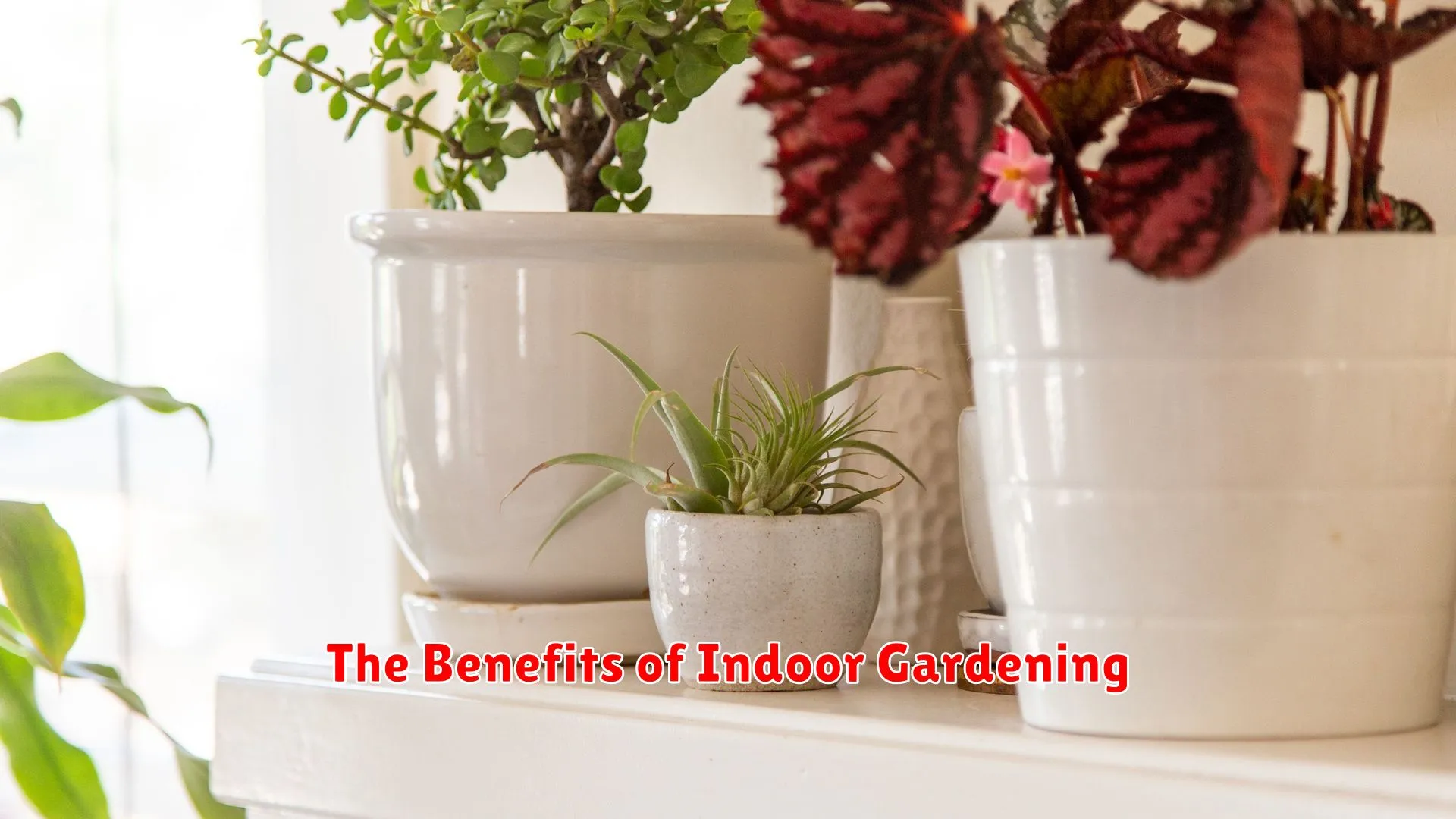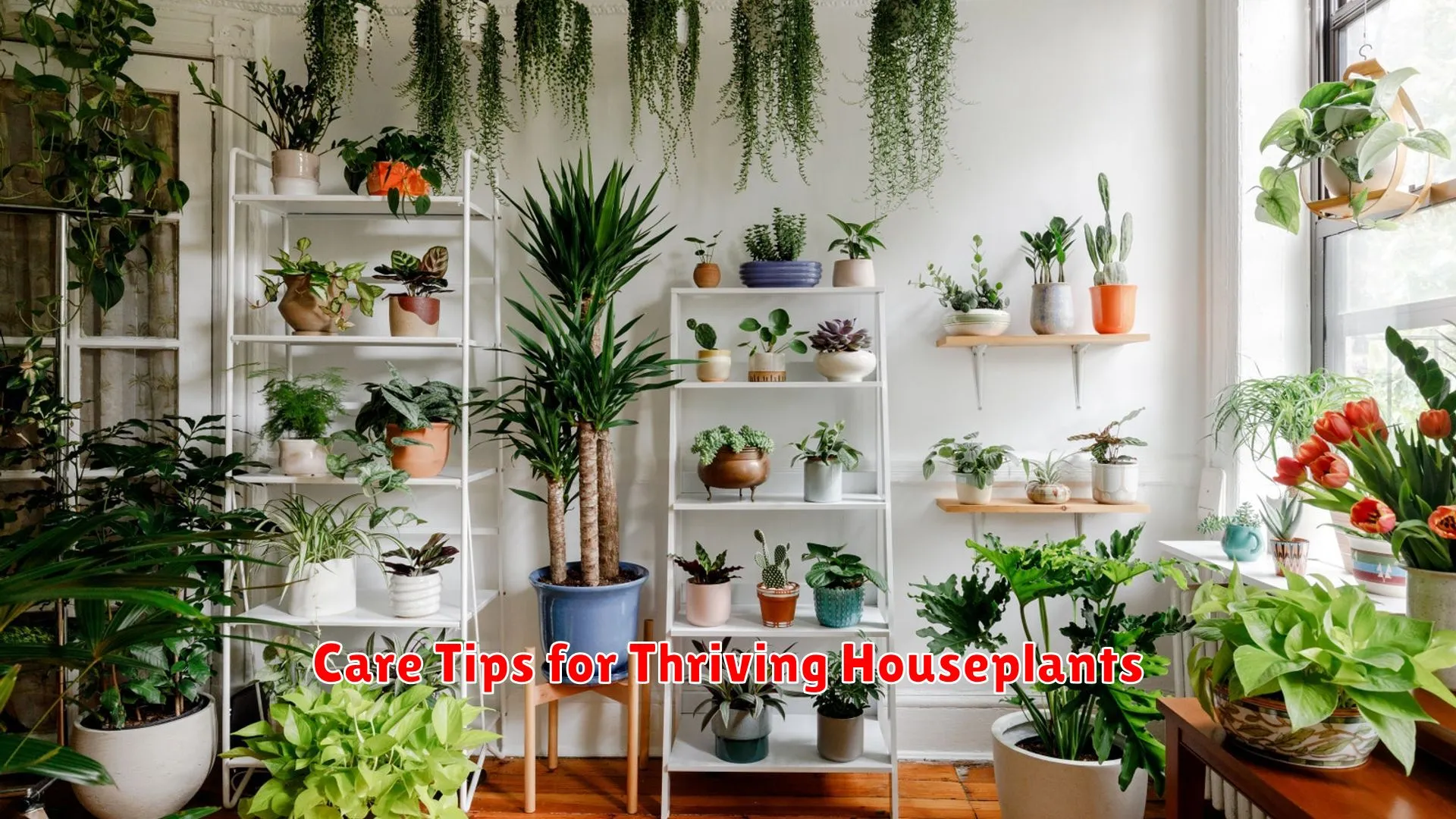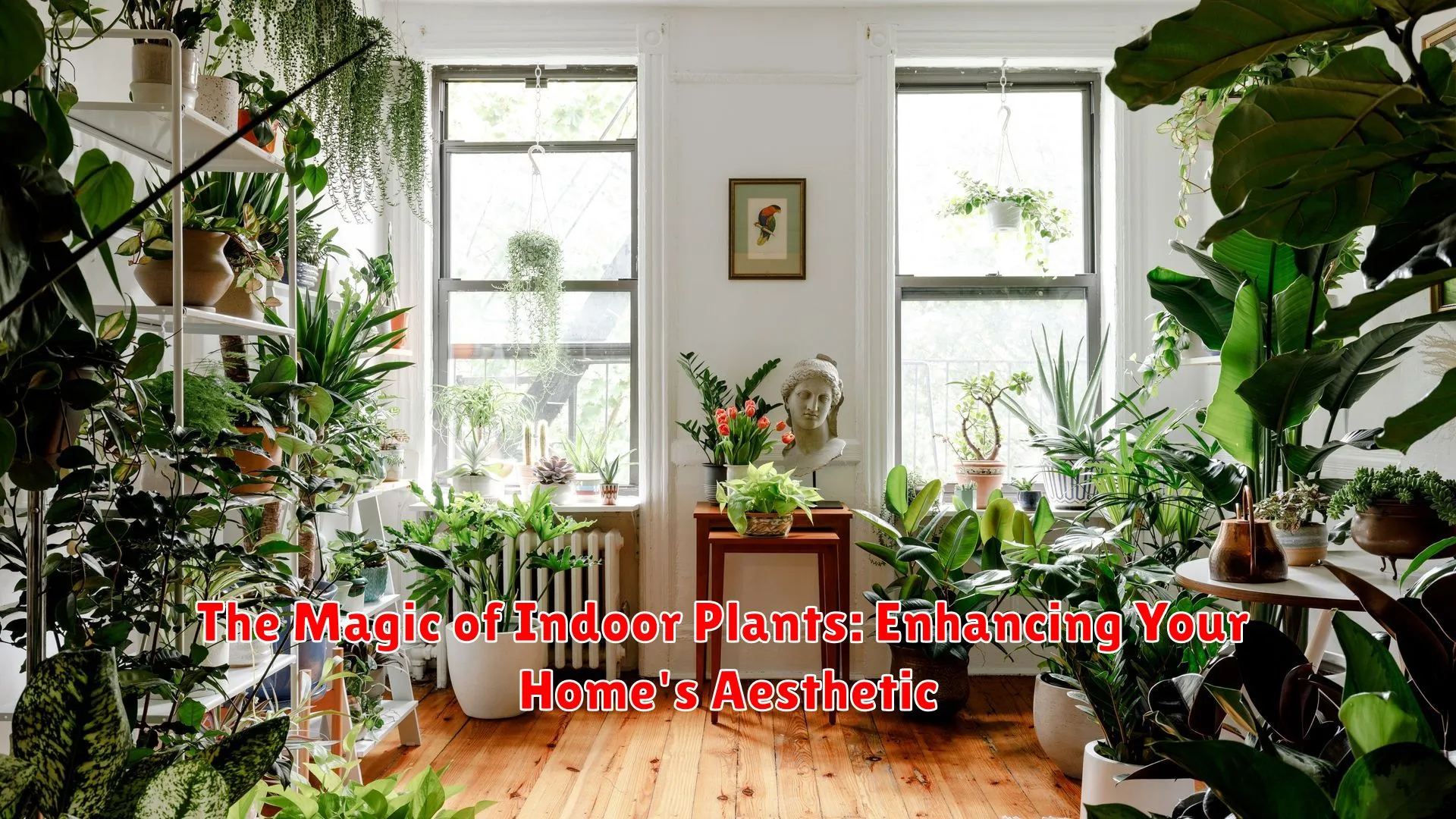Discover the enchanting world of indoor plants and how they can elevate your home’s aesthetic in ways you never imagined. From improving air quality to adding a touch of nature’s beauty, these green companions work their magic effortlessly.
Choosing the Right Indoor Plants

When it comes to enhancing your home’s aesthetic, indoor plants play a crucial role in creating a cozy and inviting atmosphere. However, selecting the right indoor plants can be a daunting task, especially for those new to plant care. Here are some tips to help you choose the perfect indoor plants for your living space:
Consider Light Conditions
Before picking your indoor plants, take note of the natural light conditions in your home. Some plants thrive in bright, indirect light, while others prefer low light environments. Make sure to select plants that will flourish in the specific lighting available in each room.
Assess Your Space
Take into account the size and layout of your space when choosing indoor plants. Opt for plants that complement the existing decor and fit well within the room. Tall plants like palms or fiddle leaf figs work well in corners, while trailing plants like pothos or spider plants are perfect for shelves or hanging planters.
Consider Maintenance Needs
Be realistic about the time and effort you can dedicate to plant care. Some indoor plants require more attention, such as regular watering, pruning, or repotting, while others are more low-maintenance. Choose plants that align with your schedule and level of expertise in gardening.
Personal Preference
Above all, select indoor plants that resonate with your personal style and preferences. Whether you prefer lush tropical plants, sleek modern succulents, or colorful blooming flowers, choose plants that bring you joy and reflect your unique taste in home decor.
The Benefits of Indoor Gardening

Indoor gardening, an increasingly popular trend, offers a multitude of benefits beyond just enhancing your home’s aesthetic appeal. Embracing indoor plants not only adds a touch of greenery and beauty to your living spaces but also promotes a healthier environment and overall well-being.
1. Improved Air Quality
Plants are natural air purifiers, absorbing carbon dioxide and releasing oxygen through photosynthesis. This process helps to improve indoor air quality by reducing pollutants and toxins, creating a fresh and clean breathing environment.
2. Stress Reduction
Studies have shown that nurturing indoor plants can have a calming effect on individuals, reducing stress levels and promoting relaxation. The presence of greenery indoors can create a peaceful ambiance and contribute to a sense of tranquility.
3. Boosted Productivity
Having indoor plants in your workspace or home office can enhance productivity and focus. The presence of green plants has been linked to increased concentration, creativity, and overall mental well-being, leading to a more productive environment.
4. Enhancing Aesthetics
Indoor plants serve as natural decorations, adding a pop of color and texture to any room. They can complement various design styles and bring a sense of nature indoors, elevating the aesthetic appeal of your home while creating a welcoming and cozy atmosphere.
5. Health Benefits
Engaging in indoor gardening can have positive effects on your physical health. Gardening tasks such as watering, pruning, and repotting plants can improve manual dexterity, strengthen muscles, and offer a form of gentle exercise, promoting overall health and well-being.
Care Tips for Thriving Houseplants

Indoor plants not only enhance the beauty of your home but also provide numerous benefits, such as improving air quality and reducing stress. To ensure your houseplants thrive and continue to liven up your space, it’s essential to provide them with proper care and attention.
1. Adequate Light
Place your houseplants in areas where they can receive the appropriate amount of light. Different plants have varying light requirements, so make sure to research the specific needs of each plant you own. Rotate indoor plants periodically to ensure all sides receive adequate sunlight.
2. Watering Schedule
Establish a consistent watering schedule based on the type of plant and its individual needs. Overwatering can lead to root rot, while underwatering can cause wilting. Use pots with drainage holes to prevent waterlogging and allow excess water to escape.
3. Proper Humidity
Monitor the humidity levels in your home, especially during dry seasons or in rooms with air conditioning. Some houseplants, such as ferns and orchids, thrive in higher humidity levels. Mist the leaves of your plants or use a humidifier to maintain adequate moisture.
4. Nutrient-Rich Soil
Choose high-quality soil that is rich in nutrients to support the growth of your houseplants. Consider repotting your plants every year or so to refresh the soil and provide ample space for root growth. Fertilize your plants according to their specific needs and growth cycles.
5. Regular Maintenance
Inspect your houseplants regularly for signs of pests, diseases, or nutrient deficiencies. Prune dead or yellowing foliage to encourage new growth and maintain the plant’s health. Dust the leaves gently to allow proper absorption of light.
By following these care tips and staying attentive to the needs of your houseplants, you can create a flourishing indoor garden that adds a touch of nature and serenity to your living space.
Conclusion
In conclusion, incorporating indoor plants not only enhances your home’s aesthetic appeal, but also promotes a healthier and more vibrant living environment. Their magic lies in the ability to uplift spaces and boost overall well-being.




